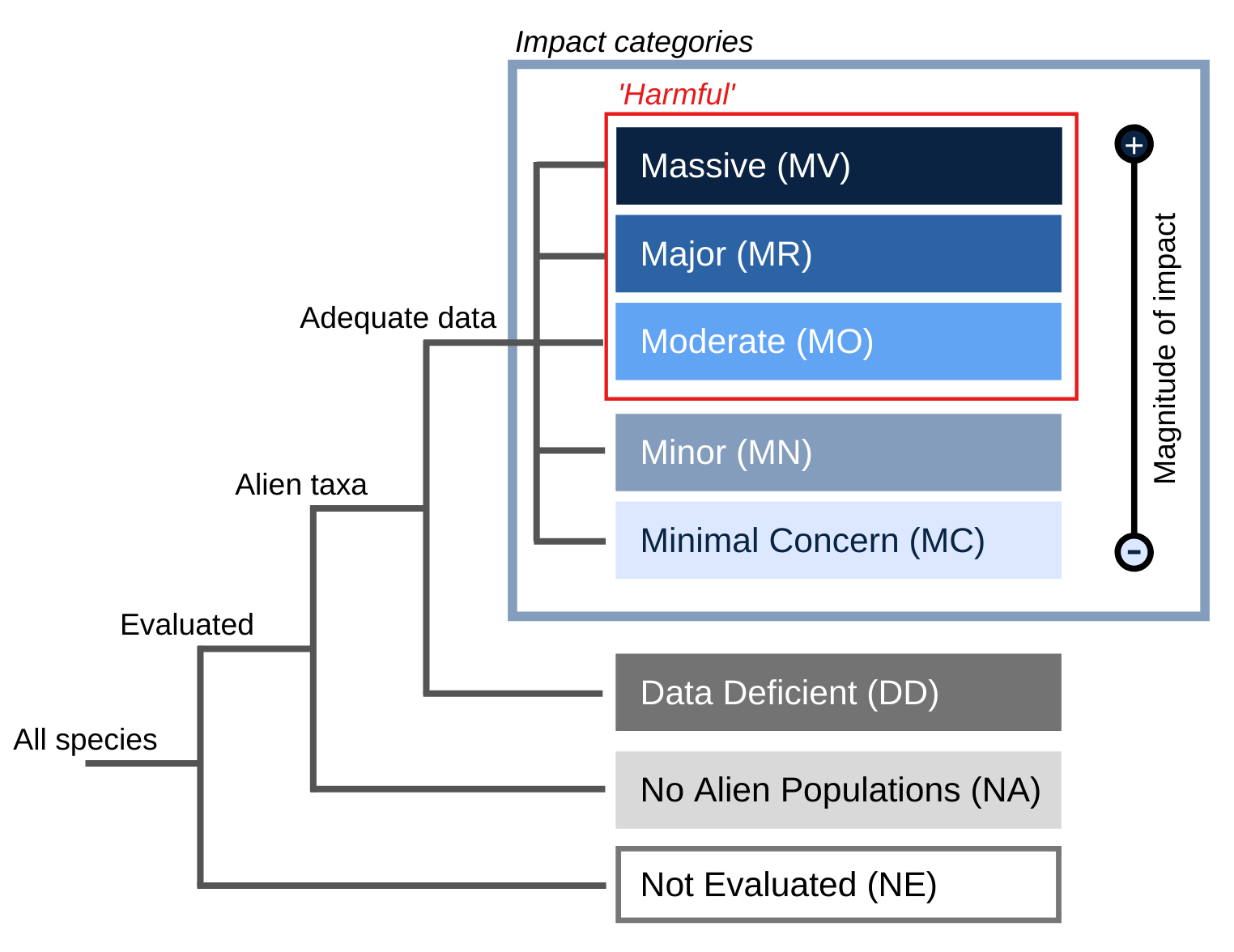Trechisibus antarcticus
System : Terrestrial
Kingdom
Phylum
Class
Order
Family
Animalia
Arthropoda
Insecta
Coleoptera
Carabidae
- General
- Distribution
- Impact
- Management
- Bibliography
- Contact
Common name
Synonym
Similar species
Summary
Detailed studies completed on Trechisibus antarcticus, on South Georgia indicate that a major consequence of its introductions to the Sub-Antarctic and Antarctic region, includes the considerable reduction in populations of endemic herbivorous perimylopid beetles, whose larvae form a major prey item. Carabids are thought to be restricted by the low temperatures of their habitats and are likely to be sensitive to any increase in availability of thermal energy brought about by climate warming.
Species Description
Trechisibus antarcticus is a flightless ground beetle up to 0.5 cm long and 10 mg live weight (Todd 1997).
Notes
The introductions of predatory carabid beetles such as Trechisibus antarcticus to South Georgia may provide an illustration of the potentially rapid ecosystem changes caused by the introduction of foreign species. They also provide a form of natural experiment testing ecological theories about the consequences of introducing new trophic levels into natural ecosystems which would otherwise be impossible (Convey et al. 2006a).
Habitat Description
In South Georgia, sub-Antarctica, Trechisibus antarcticus is invading the coastal lowland areas and building up local high densities in the dominant tussock-forming grass Parodiochloa flabellata (Ernsting et al. 1999). Together with an ample food supply in the form of small arthropods and beetle larvae and a vacant niche for arthropod predators, the benign microclimate of the tussock vegetation may explain the success of this and similar predator beetle introductions in South Georgia (Brandjes Block & Ernsting 1999). Compared with other habitats, tussock provides a buffered and stable thermal regime that will facilitate the spread of T. antarcticus throughout the lowland areas (Brandjes Block & Ernsting 1999).
Nutrition
Laboratory experiments have shown that the carnivorous Trechisibus antarcticus is a voracious predator, feeding on beetle larvae and other soil arthropods (Ernsting et al. 1999). T. antarcticus feeds on various mites and springtails the larvae of the herbivorous beetle Hydromedion sparsutum on South Georgia (Todd 1997).
Principal source:
Compiler: IUCN SSC Invasive Species Specialist Group (ISSG) with support from the EU-funded South Atlantic Invasive Species project, coordinated by the Royal Society for the Protection of Birds (RSPB)
Review:
Publication date: 2009-04-27
Recommended citation: Global Invasive Species Database (2026) Species profile: Trechisibus antarcticus. Downloaded from http://www.iucngisd.org/gisd/species.php?sc=1454 on 05-01-2026.
General Impacts
In the same coastal areas in South Georgia where Trechisibus antarcticus has colonised, lives an endemic detritivorous beetle known as Hydromedion sparsutum (Perimylopidae). It is common especially in and beneath the tussock grass. The first three larval instars (stages) of H. sparsutum are easily taken prey by the carabid T. antarcticus. On sites colonised by the carabid, total abundances of larval and adult H. sparsutum are far lower (Ernsting et al. 1999).







